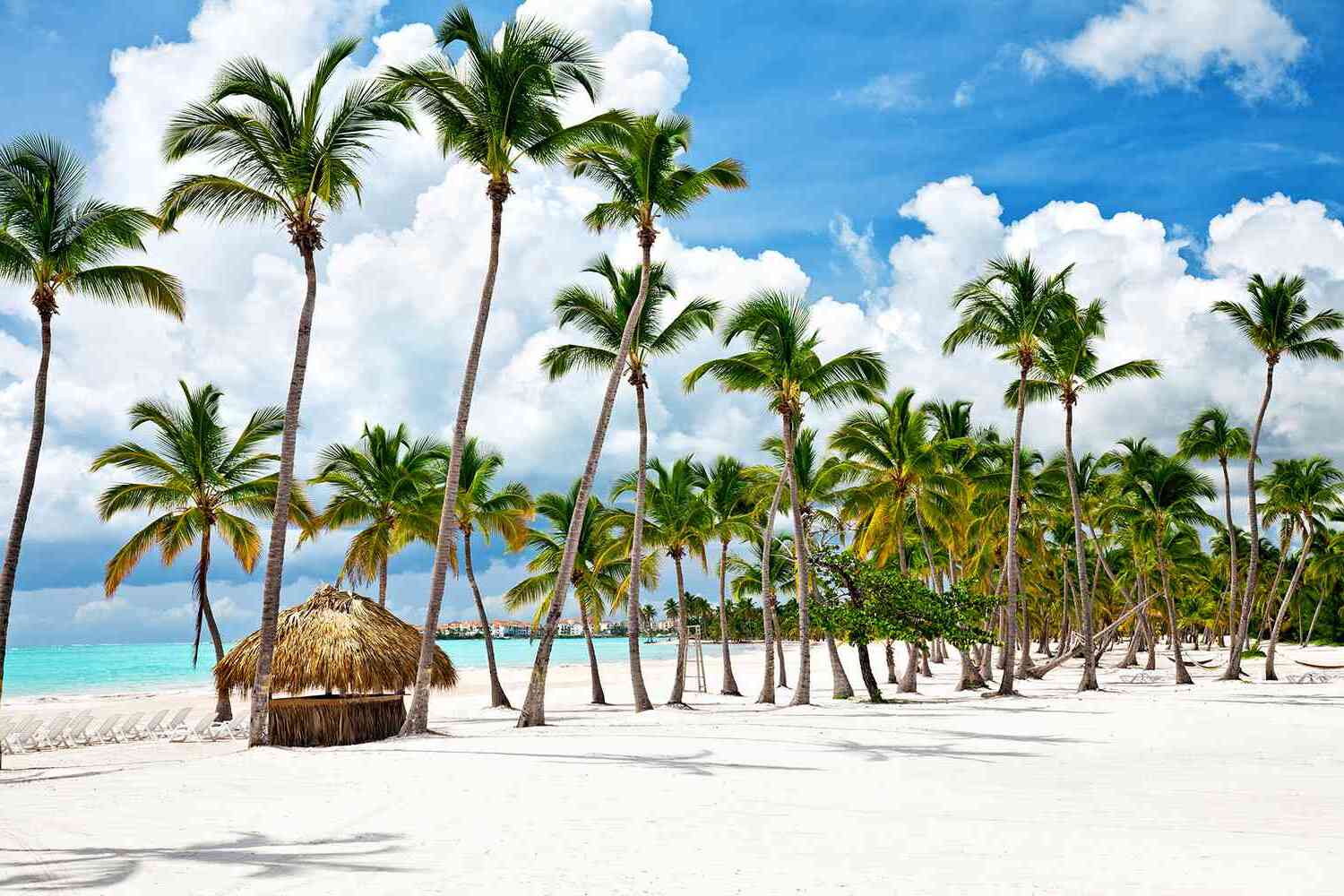
Beaches are more than just sandy shores and crashing waves. They hold secrets and wonders that many might not know. Did you know that beaches can be made of different materials like pebbles, rocks, and even crushed shells? Some beaches glow at night due to bioluminescent plankton. Others have pink or black sand, creating a surreal landscape. Beaches also play a crucial role in protecting coastal areas from erosion and storms. They are habitats for diverse wildlife, from tiny crabs to majestic sea turtles. Whether you're a sunbather, surfer, or nature lover, there's always something new to learn about these fascinating natural wonders.
The Beauty of Beaches
Beaches are some of the most beloved natural wonders on Earth. They offer a place to relax, play, and connect with nature. Here are some fascinating facts about these sandy shores.
-
Longest Beach: Praia do Cassino in Brazil holds the title for the longest beach in the world, stretching over 150 miles.
-
Pink Sand: Harbour Island in the Bahamas is famous for its pink sand, which gets its color from tiny coral insects called Foraminifera.
-
Black Sand: Hawaii's Punalu'u Beach is known for its black sand, formed from volcanic lava that cools and shatters when it meets the ocean.
-
Glass Beach: In California, Glass Beach is covered in smooth, colorful glass pieces created from years of discarded glass being tumbled by the waves.
-
Bioluminescent Beaches: Some beaches, like those in the Maldives, glow at night due to bioluminescent plankton.
Unique Beach Ecosystems
Beaches are more than just sand and water. They host diverse ecosystems that are crucial for many species.
-
Turtle Nesting: Many beaches serve as nesting grounds for sea turtles. They return to the same beach where they were born to lay their eggs.
-
Mangroves: These unique trees grow in coastal areas and are vital for protecting shorelines from erosion and providing habitat for marine life.
-
Dune Systems: Sand dunes are formed by wind and water and act as natural barriers against coastal flooding and erosion.
-
Coral Reefs: Found near many tropical beaches, coral reefs are home to a quarter of all marine species.
-
Seagrass Meadows: These underwater grasslands are important for carbon storage and provide food and habitat for marine animals.
Beach Activities and Culture
Beaches are central to many recreational activities and cultural practices around the world.
-
Surfing Origins: Surfing originated in Polynesia and was first observed by Europeans in Hawaii in the 18th century.
-
Beach Volleyball: This popular sport was first played in Santa Monica, California, in the 1920s.
-
Sand Sculpting: Sand sculpting competitions are held worldwide, with some sculptures reaching impressive heights and intricate details.
-
Shell Collecting: Collecting seashells is a favorite pastime for beachgoers, with some shells being highly prized by collectors.
-
Beach Festivals: Many cultures celebrate beach festivals, such as Thailand's Full Moon Party, which attracts thousands of visitors each month.
Environmental Concerns
Beaches face numerous environmental challenges that threaten their beauty and biodiversity.
-
Plastic Pollution: Beaches around the world are plagued by plastic waste, which harms marine life and ecosystems.
-
Erosion: Coastal erosion is a significant problem, exacerbated by rising sea levels and human activities.
-
Oil Spills: Oil spills can have devastating effects on beach ecosystems, killing wildlife and contaminating the sand and water.
-
Climate Change: Rising temperatures and sea levels due to climate change pose a threat to beaches and their ecosystems.
-
Overtourism: Popular beaches often suffer from overtourism, leading to habitat destruction and pollution.
Interesting Beach Facts
Here are some more intriguing tidbits about beaches that you might not know.
-
Hidden Beaches: Mexico's Playa del Amor, also known as the Hidden Beach, is located inside a crater and can only be accessed through a water tunnel.
-
Beachcombing: Beachcombing, the activity of searching the beach for valuable or interesting items, has been a popular hobby for centuries.
-
Beach Glass: Also known as sea glass, these smooth, frosted glass pieces are created from broken bottles and jars that have been weathered by the ocean.
-
Beach Safety: Rip currents are powerful, narrow channels of fast-moving water that can pose a danger to swimmers. It's important to swim at beaches with lifeguards and heed warning signs.
The Magic of Beaches
Beaches hold a special place in our hearts. From the soothing sound of waves to the feel of sand between your toes, they offer a unique escape from daily life. Whether you're a fan of sunbathing, surfing, or exploring marine life, beaches have something for everyone. They serve as natural habitats for countless species and play a crucial role in our ecosystem. Plus, they provide endless opportunities for fun and relaxation.
Understanding these 24 facts about beaches not only enriches your knowledge but also deepens your appreciation for these natural wonders. Next time you visit a beach, you'll see it with new eyes, recognizing the intricate details that make it so special. So, pack your sunscreen, grab a towel, and head to the nearest shore. The beach awaits, ready to offer its timeless magic and endless adventures.
Was this page helpful?
Our commitment to delivering trustworthy and engaging content is at the heart of what we do. Each fact on our site is contributed by real users like you, bringing a wealth of diverse insights and information. To ensure the highest standards of accuracy and reliability, our dedicated editors meticulously review each submission. This process guarantees that the facts we share are not only fascinating but also credible. Trust in our commitment to quality and authenticity as you explore and learn with us.


